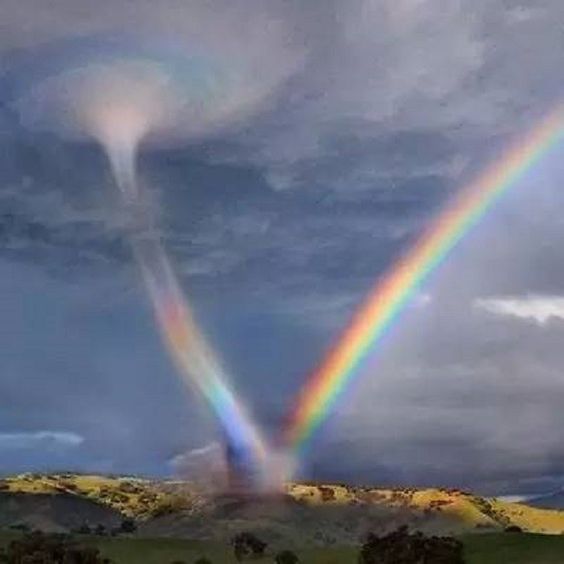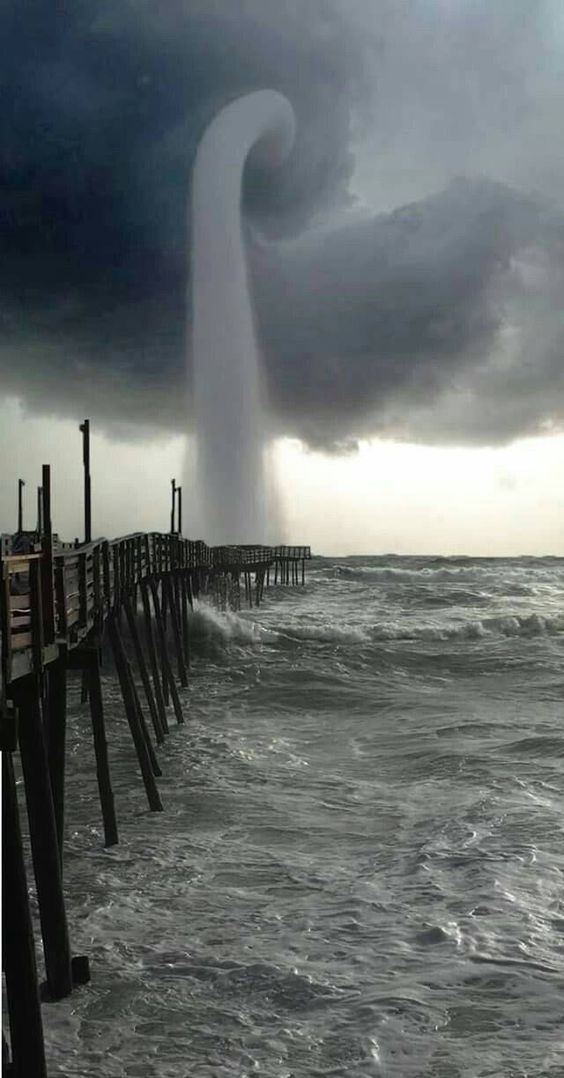Tornadoes typically form within severe thunderstorms, born from the clash of warm, moist air from the surface and cooler air in the upper atmosphere. As the air masses collide, wind shear and instability create a rotating column of air, giving birth to the tornado. The distinctive funnel-shaped cloud descends from the sky, reaching down to touch the earth’s surface with an undeniable force.
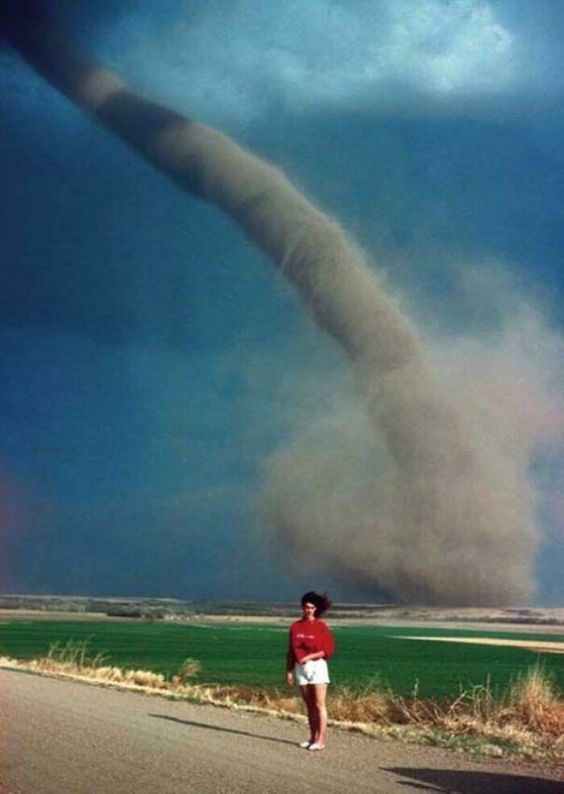
The raw power of a tornado is often measured using the Enhanced Fujita (EF) Scale, which ranks tornadoes based on the damage they inflict. EF0 tornadoes, the weakest on the scale, can cause light damage to structures, while EF5 tornadoes, the most destructive, can level entire communities with winds exceeding 200 miles per hour (320 kilometers per hour). The sheer intensity of a tornado is truly humbling, underscoring the immense forces at play in the atmosphere.
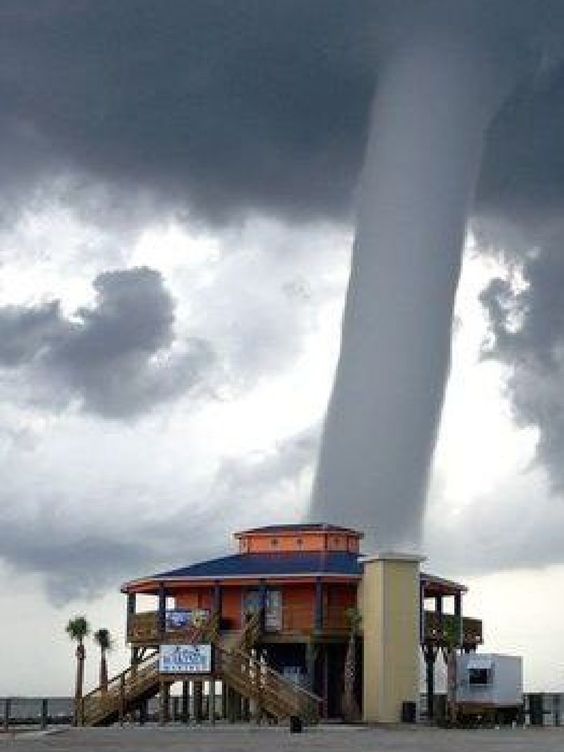
Witnessing a tornado in action is both mesmerizing and terrifying. The swirling vortex, with its whirling winds and debris-laden core, commands attention as it carves a path of devastation through the landscape. The roar of the winds can be deafening, drowning out all other sounds and leaving a chilling impression of nature’s fury. Structures are torn apart, trees are uprooted, and the very fabric of the environment is reshaped in the tornado’s wake.
Despite their destructive potential, tornadoes also inspire a sense of wonder and scientific curiosity. Researchers and storm chasers strive to better understand the inner workings of these cyclones, studying their formation, behavior, and forecasting patterns. Advanced meteorological tools, such as Doppler radar and satellite imagery, provide valuable insights into the development and movement of tornadoes, helping to issue timely warnings and potentially save lives.
Communities affected by tornadoes demonstrate resilience and unity in the face of adversity. Rebuilding efforts bring neighbors together, fostering a sense of solidarity and shared strength. As damaged homes are reconstructed and landscapes rejuvenated, the scars left by tornadoes serve as a reminder of both nature’s destructive power and the human spirit’s capacity for resilience.
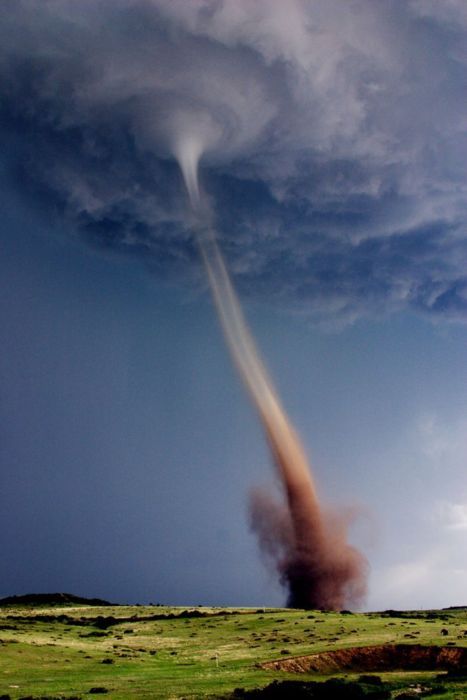
The phenomenon of tornadoes is a humbling reminder of nature’s immense power and unpredictability. These twisting giants of the sky inspire awe, command respect, and ignite scientific curiosity. While they leave behind a path of destruction, they also remind us of the strength and resilience of communities affected by their fury. As we continue to study and understand these swirling forces of nature, we deepen our appreciation for the delicate balance of our planet and our place within it.
